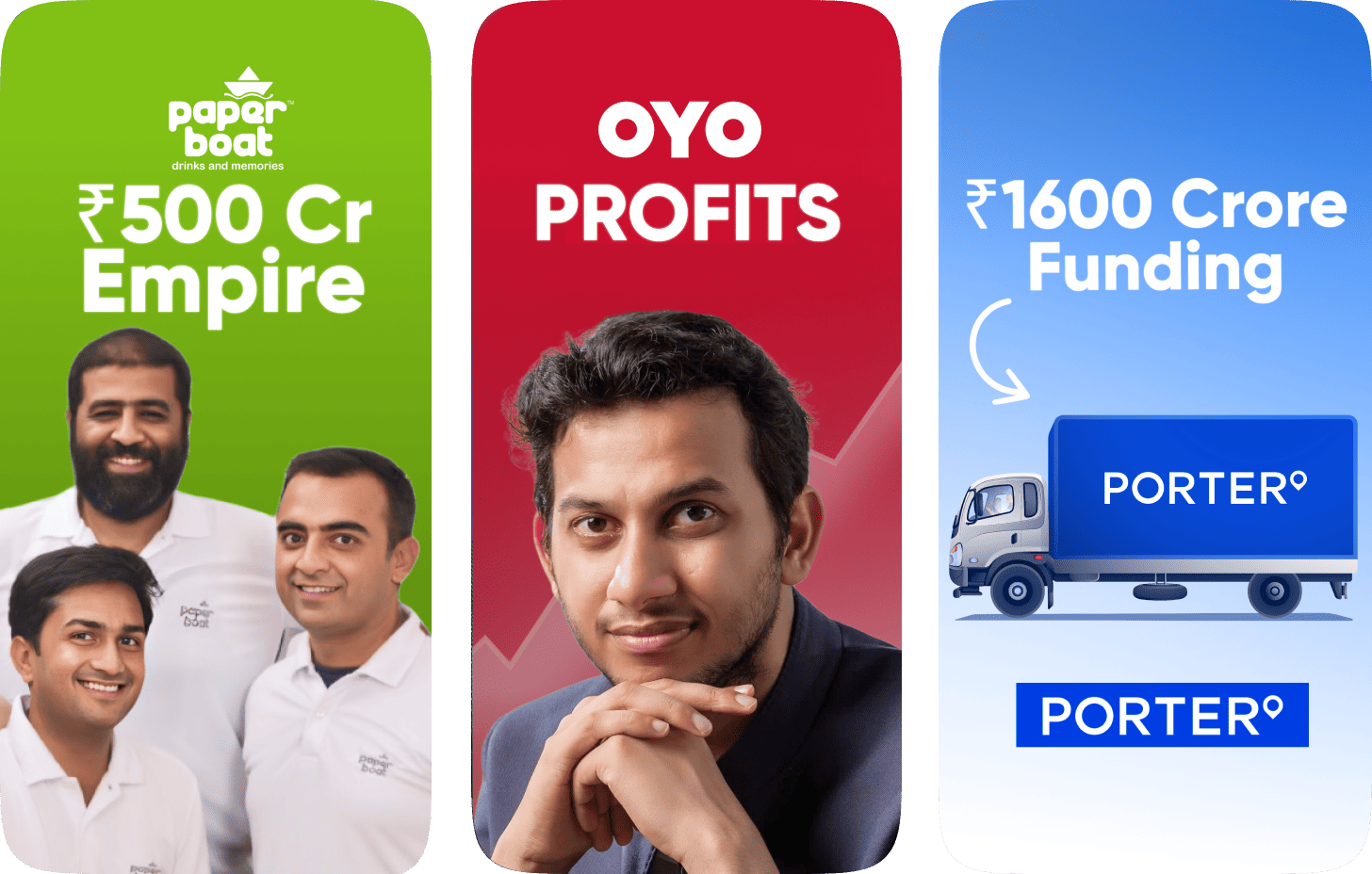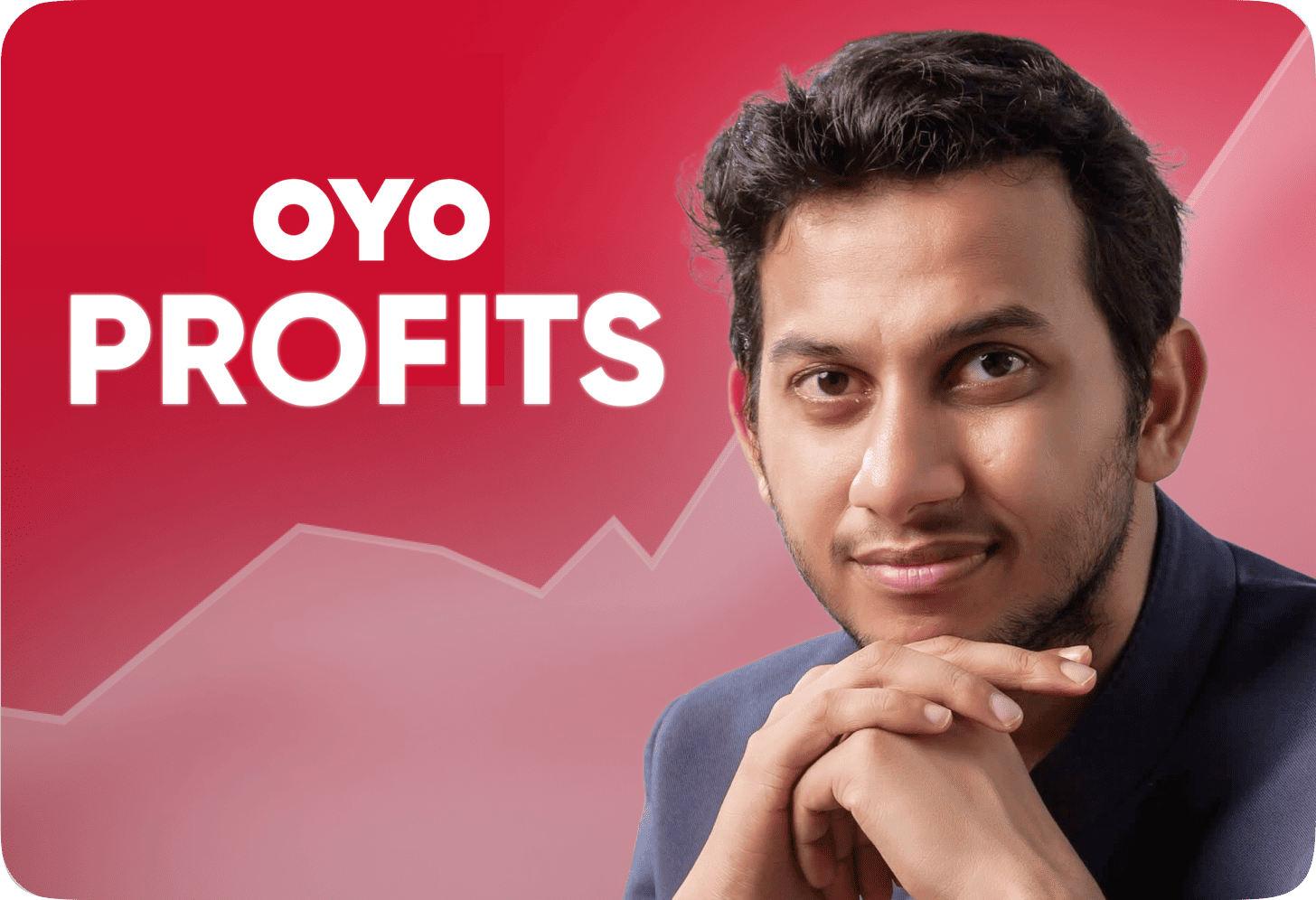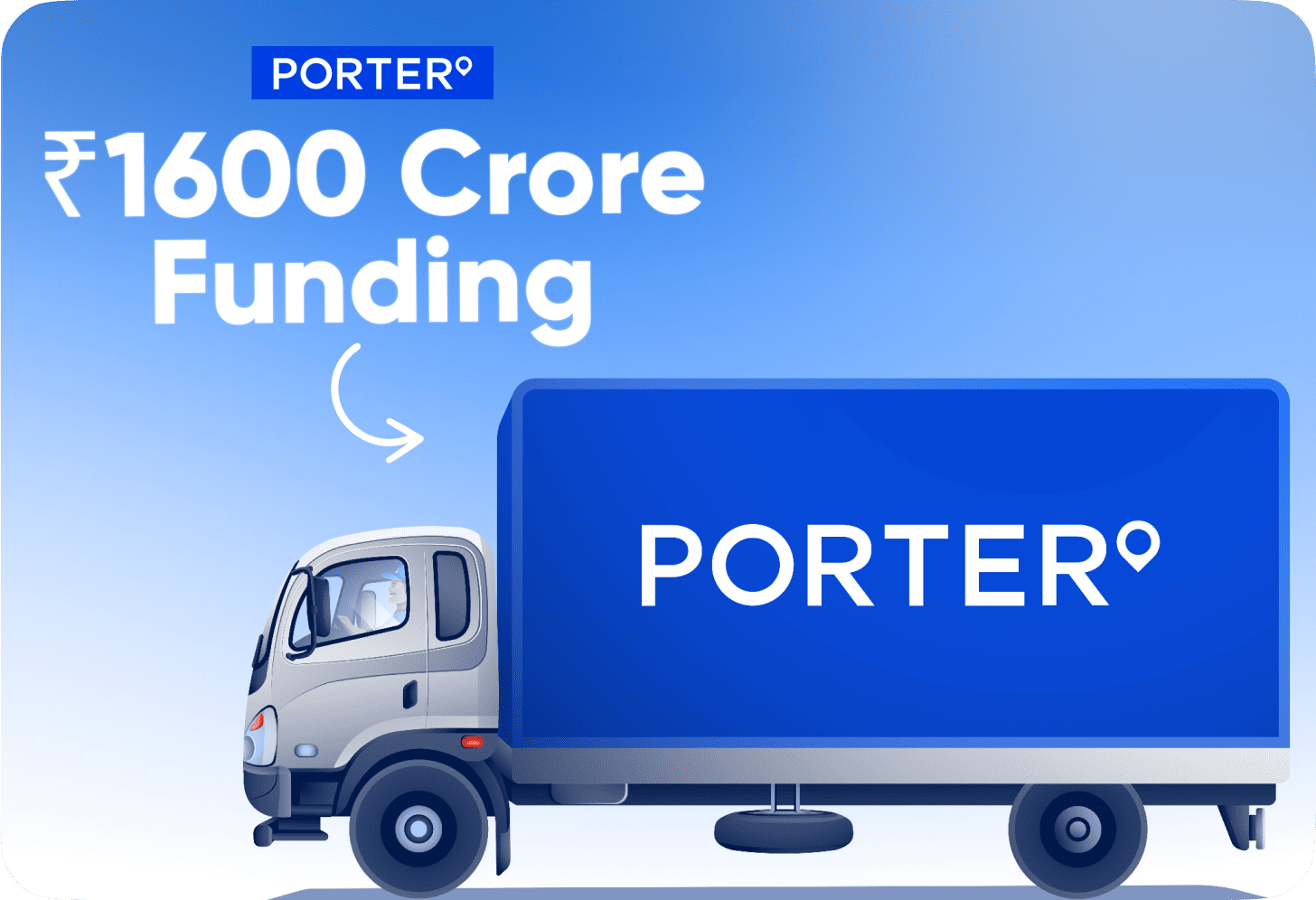OYO's profits, Porter's ~₹1,600 Cr. funding, and Paperboat's ₹580 Cr. playbook💰
A lot to unpack – OYO, Porter & Paperboat.
We're back with our “business edition” newsletter, which covers three important business topics in one go. Today, we discuss OYO’s profitability, Porter’s ~₹1,600 Cr. raise, and PaperBoat’s ~₹500 Cr. empire.
OYO hits a profitable year💰
First, some context.
OYO has just become the most profitable Indian startup, with a profit after tax of ₹623 Cr.. OYO's net profit more than doubled year-on-year in FY25, marking a dramatic turnaround from the ₹1,287 Cr. net loss streak in FY23. Let’s dig in.
Other numbers to look at.
The topline is also growing. The company reported a 54% increase in Gross Booking Value (GBV) to ₹16,400 Cr., with revenue growing 20% year-on-year to ₹6,500 Cr.The premiumization insight.
OYO no longer wants to be in the mass hospitality business. Instead, they are focused on the premium, high-margin game. Over the past 12 months, they've launched more than 30 Sunday Hotels across India, Saudi Arabia, UAE, and Southeast Asia, strategically expanding their high-margin offerings. Their goal is clear: to own the premium space, not compete in the mass market.
The “house of brands” strategy.
If you haven’t noticed, for the last two years, OYO has been all in on international markets, acquiring different brands. OYO has spent over $550M on acquisitions, picking up G6 Hospitality (which owns Motel 6 and Studio 6 in the U.S.) and Checkmyguest (a rental property manager in France).
Fact.
OYO's financial turnaround has not gone unnoticed. Fitch Ratings upgraded the credit rating of OYO's parent company, Oravel Stays, last year.
Porter’s ~₹1,600 Cr. Funding 🛻
First, some context.
Porter, an on-demand goods transport agency, raised $200M (₹1,600 Cr.) in its Series F round, led by Kedaara Capital and Wellington Management. Existing investor Vitruvian Partners also joined in. Valued at $1B (₹8,000 Cr.), Porter becomes the third unicorn of 2025 and aims to disrupt India’s last-mile logistics in India.
What’s problem?
Porter aims to solve the challenges of intracity logistics: transporting goods within a city. Efficient logistics are key to economic productivity, but in India, 90% of the sector remains unorganised. Small business owners struggle with finding reliable drivers, high costs, and unreliable delivery times, which hinder their growth and efficiency. This is exactly where Porter comes in. Plus the 10 years of consistent rigour have made them the market leader they are today in this space.
Fact.
59% of MSMEs say high delivery expenses are their biggest hurdle in delivering their customers.
Where will the money go?
Porter got big plans! They’re using the new funding to expand into more cities, helping millions of small businesses and creating jobs for over 10 lakh gig workers. Plus, they’re putting money into growing their team, leveling up their tech, and improving operations, all while keeping sustainability at the forefront.
The positive rub-off effects.
The positive impact is twofold. First, Porter creates significant employment opportunities, providing flexible jobs to over 3 lakh gig workers every month. Second, they are using electric vehicles (EVs), aligning with India’s decarbonisation goals.
Paperboat’s ₹580 Cr. Empire🧃
First, some context.
In 12 years, Paperboat has disrupted India’s ₹10,000 Cr. packaged juice market, generating over ₹580 Cr. annually. Founded by a group of ex-Coca-Cola employees, the brand has carved out a cult following, taking on legacy giants like Dabur, ITC, and Coca-Cola. Known for evoking nostalgia, Paperboat has transformed the desi drinks space. Let’s dig into what they cracked.
The insight of category creation.
India’s juice market was controlled by giants like Parle, Dabur, Coca-Cola, and ITC, leaving little room for new entrants. So, Paperboat didn't just launch another juice brand, they created a unique product by reviving nostalgic flavors like Aam Panna and Jaljeera, which were no longer on store shelves, giving them a premium twist. This approach not only filled a clear gap but also birthed an entirely new category: Indianized juices.
Nailing partnerships.
Paperboat nailed partnerships in two key ways. First, they tied up with IndiGo, India’s largest airline, leveraging the B2B2C model to gain exposure and build trust with new customers. Second, they teamed up with Indo Nissin Foods, the makers of Top Ramen, to expand their reach in Tier 2 cities. These partnerships helped Paperboat tap into new markets, boost visibility, and distribute their products more effectively.
Smart SKU expansion.
While juice made up 95% of its revenue, the brand started adding snacks like peanut chikki, dry fruit, and cashews, which fit the nostalgic theme. It also ventured into new drinks, like Swing Jeera (a take on jeera soda) and sparkling water. These moves show that Paperboat is exploring new options while keeping its core idea intact. If any of these new products take off, it could be huge for the brand.
Last week, we covered the Paperboat business breakdown in a detailed video. If you are building a D2C brand in India, this is a must watch👇
[Announcement] Applications open for the Advanced Growth Strategy program in May’25.
If you are in a product, marketing, growth, business, analytics, design, or engineering manager role this is built for you. A quick glimpse of the program 👇🏼
The 4-week live program teaches you the absolute A → Z of solving revenue growth for every product—here’s what we cover, it is a live online experience & built on case study method of learning. Over 4,000 leaders from Coca-Cola, Netflix, Zepto, Amazon, Microsoft, Google & Apple have used learning from this program to solve growth at their companies. Early applications are now open.







Thank you for coming back!